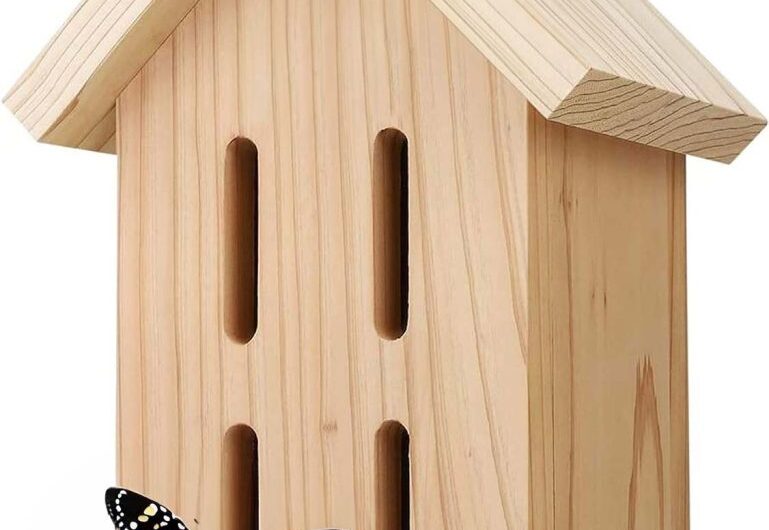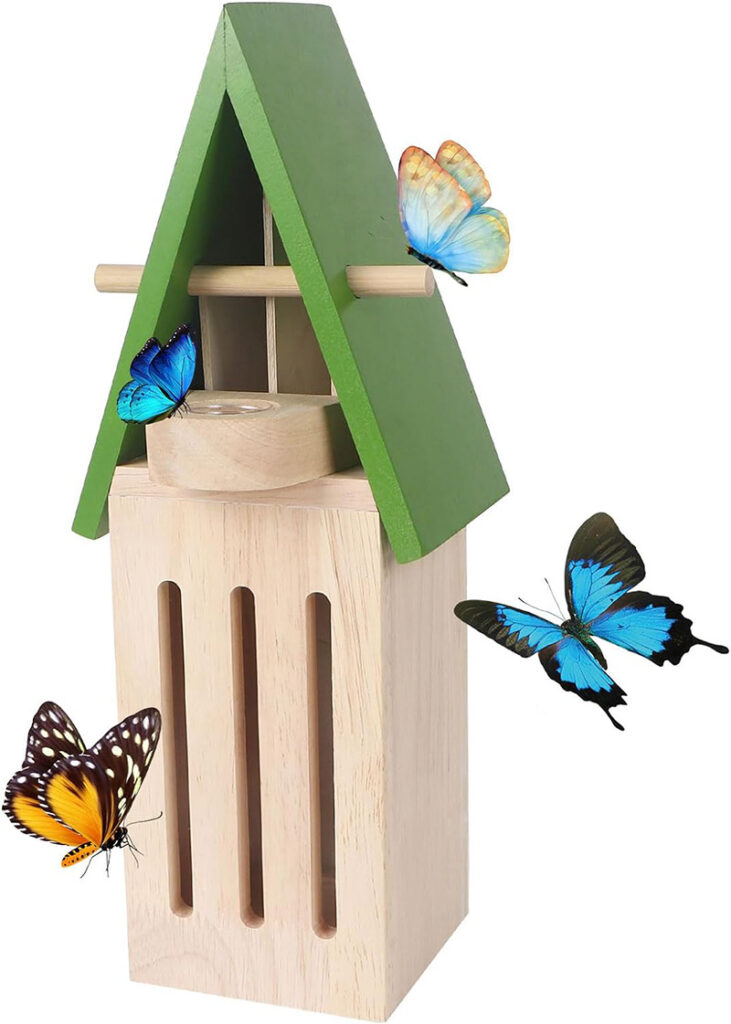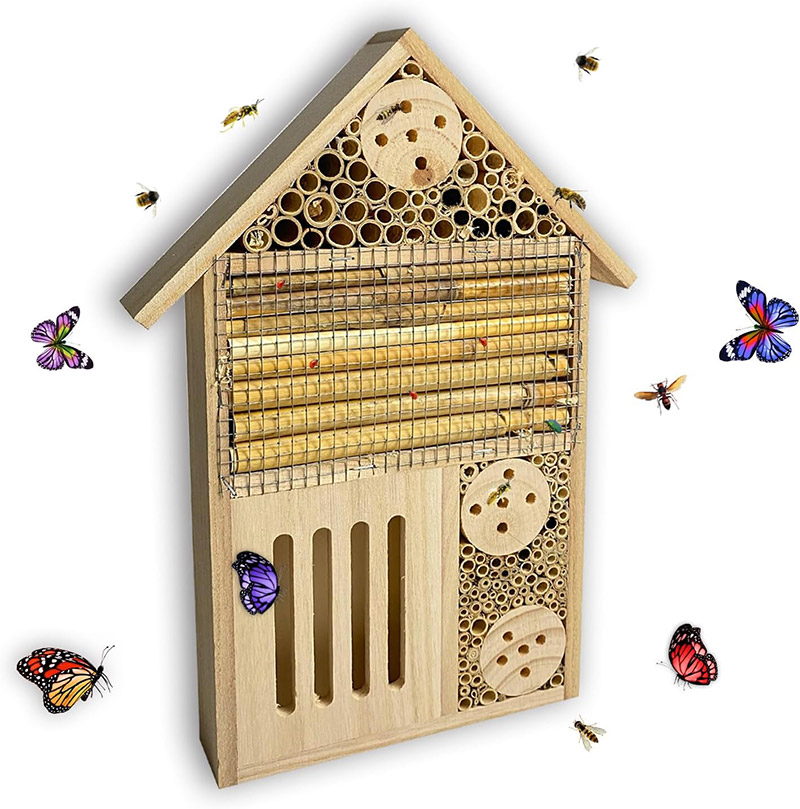How to Build A Butterfly House and Why You Need To

Are you a nature enthusiast looking to add a touch of beauty and biodiversity to your garden? Building a butterfly house is a fantastic way to attract these colorful insects and create a thriving ecosystem in your own backyard.
In this detailed step-by-step guide, we’ll walk you through the process of constructing a butterfly house and explain why these charming structures are a must-have for any garden.
So, let’s roll up our sleeves and get ready to welcome some fluttering friends!
Materials You’ll Need
Before you start, gather the following materials:
- Cedar Wood (untreated)
- Saw
- Hammer and Nails
- Hinges and Screws
- Mesh or Screening
- Sandpaper
- Paints (optional)
- Rope or Wire for hanging (optional)
Step 1: Design Your Butterfly House
Begin by planning your butterfly house’s design. There are various styles to choose from, but a simple, slanted-roof design with multiple compartments works well. Sketch your design on paper to visualize the layout.
Step 2: Gather Your Wood and Cut the Pieces
Use untreated cedar wood, as it’s durable and resists decay. Cut the wood pieces according to your design, making sure to include walls, a roof, and multiple compartments for butterflies to rest in.
Step 3: Assemble the Butterfly House
Assemble the pieces using nails and screws. Ensure that there are openings for butterflies to enter but make them small enough to keep birds out.
Step 4: Add the Mesh or Screening
Cover the openings with mesh or screening material, securing it with staples or small nails. This allows for ventilation while keeping butterflies safe.
Step 5: Sand and Finish
Sand the edges and surfaces to prevent splinters. If you’d like, you can paint your butterfly house with non-toxic, butterfly-friendly colors.
Step 6: Install the Roof and Hang or Place the House
Attach the roof securely with hinges so you can easily access the compartments for cleaning. You can hang the butterfly house from a tree branch or place it on a post or stand in your garden.
Step 7: Maintain and Observe
Regularly check your butterfly house for cleanliness and any signs of activity. Butterflies will often use it for shelter during rain or to escape predators.
Why Butterfly Houses Are Beneficial
Butterfly houses offer numerous advantages to your garden and the environment:
Habitat Conservation: Creating a welcoming environment for butterflies helps support declining butterfly populations.
Pollinator Attraction: Butterflies are essential pollinators, aiding in the reproduction of plants in your garden.
Educational Opportunities: Butterfly houses provide a unique opportunity for learning about these fascinating insects.
Aesthetic Appeal: Butterflies add beauty and color to your garden, enhancing its visual appeal.
Eco-Friendly Pest Control: Butterflies help maintain a balanced ecosystem by serving as natural predators to certain garden pests.
Butterfly houses you can buy ready-made: Click images to buy
Thank you for taking the time to explore the world of butterfly houses with us. We hope this guide inspires you to create a haven for these wonderful insects in your own backyard.
Share this article with your friends and family, and together, let’s make our gardens a sanctuary for butterflies and a celebration of the beauty of nature. Happy butterfly watching!






